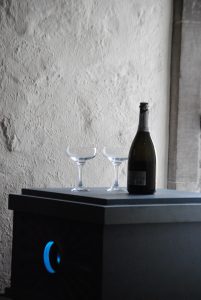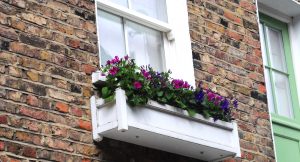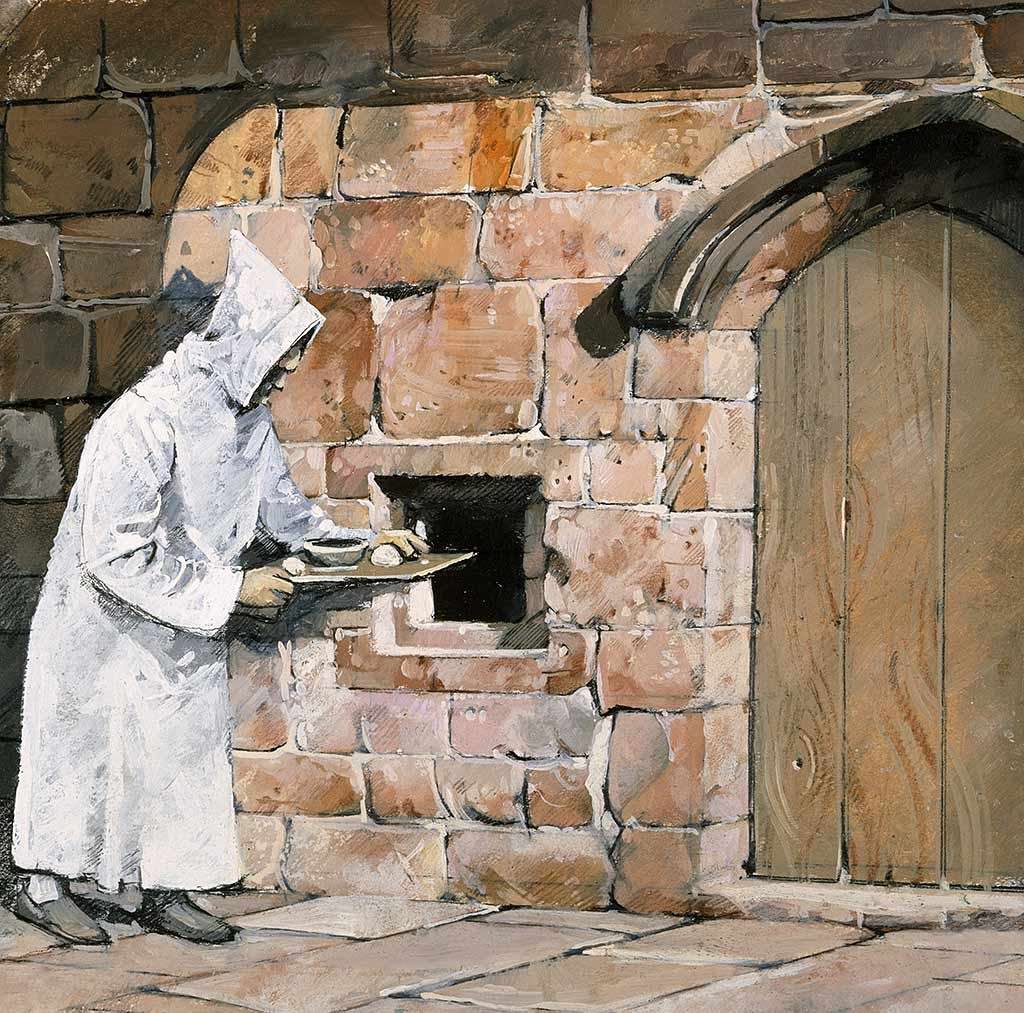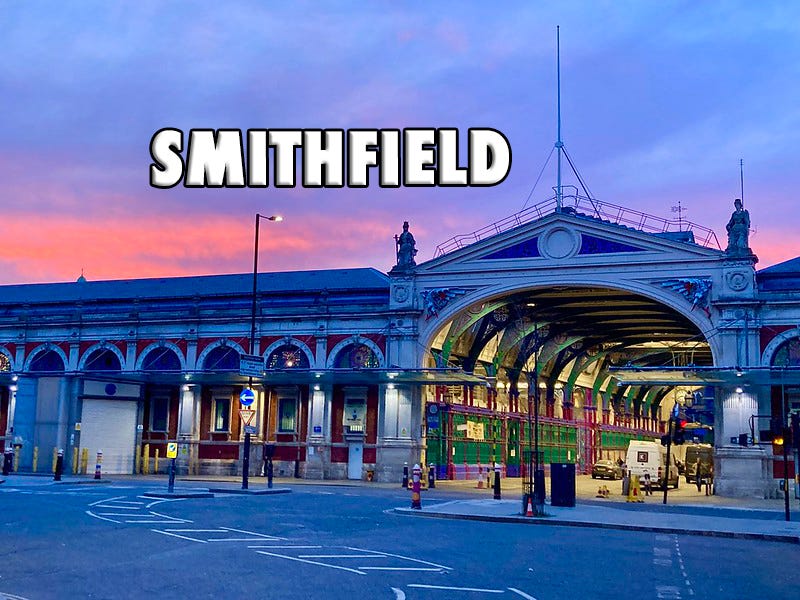
As usual I urge you to look at maps—or get some on your phone for instance as this area like a lot of London can be layered and be confusing—I merely give a basic direction to give you an idea of time and distance—-a place to start that you can build on
Quote from Historic UK
The Main picture above is one of the many dog pictures I took in England last year when we were there for a month. The love for dogs is so evident when you witness how many of the Brits don’t go many places without them.
Brits & Their Love Of Dogs! | Anglophile in the UK
As most of you know My best friend and another lady we’d met thru Meet Up went to England in April—but a bit of illness etc. messed a lot of our plans up and we ended up only doing some of the days and even those were often changed drastically. I had spent a lot of time working on the tour plans so I have been sharing the original plans with you so someone, someday might enjoy them
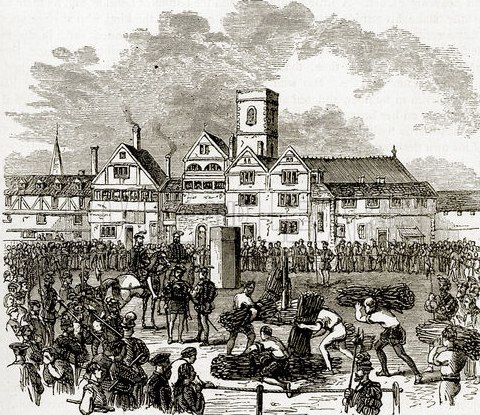
The site of executions at Old Smithfield
A tour of Smithfield

We had plans to have breakfast and start out at 930 am—
Take the Underground to
The Barbican
Ask at the station if you have questions on what line serves that area—London is not like some big cities I have been in,they are very helpful and polite—unlike many Americans I know.
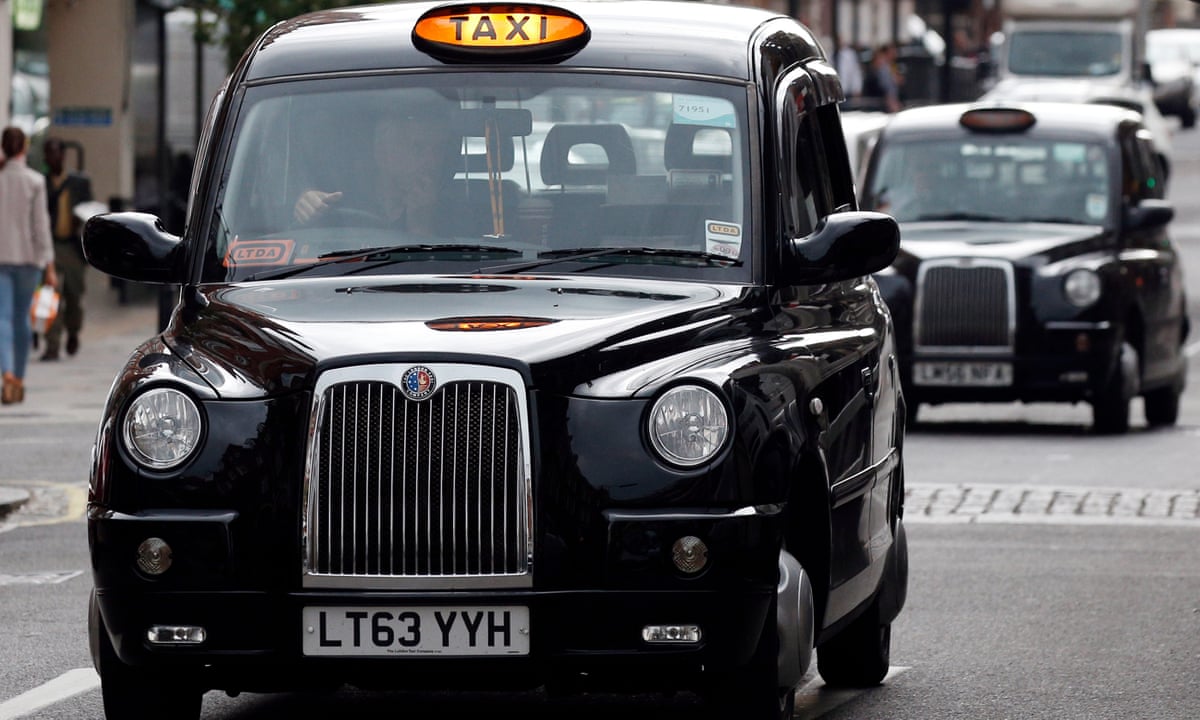
You can of course get a cab—-The black cab drivers have all the directions in their minds—-But it is gonna take more funds.
It was in the 14 c (1371) that the Charterhouse was built by the Catholic Church as a monastery for the
Carthusian Brothers
––who maintained a presence throughout medieval and even into the early years of the Tudors. Then that Henry —yes the 8th one–took over and all manner of brutality against the church broke out all over England. But once the
monasteries
were dissolved the house became a mansion for wealthy noblemen as well as a refuge of the Royals.
Head west from the Underground station on Carthusian St toward Charterhouse Square 213 ft
Oh a point of interest : Charterhouse was establish near a
plague pit,
which
was the largest mass (plague pit) grave in London
during the 13th c. and reputedly held tens of thousand bodies buried there. The name Charterhouse by the way was a common Anglicisation of La Grande Chartreuse.
Continue onto Charterhouse Square and go west on Charterhouse Square 98 ft.
The Charaterhouse’s school has educated many people of notable statue including the former governor of Rhode Island Roger Williams.
Literary critic Joseph Addison;
Sir RIchard Steele;
John Wesley ;
Sir William Blackstone;
William Makepeace Thackery
and Robert Baden-Powell, founder of the Boy Scout movement
The Charterhouse has been home to many significant moments in London’s history since it’s founding. Besides a monastery, as well as a grand mansion, boys school and an almshouse, which it remains to this day.
Turn left to stay on Charterhouse Square
This area has been a filming locaton for Downton Abbey (2010-15)
Poirot (1989 – 2013
Taboo (2017)
The Guernsey Literary and Potato Peel Pie Society (2018)
Vampire Academy 2014
Turn into

Ancient Historical London Sites -The Charterhouse
The Charterhouse
Charterhouse Square,
Barbican, London EC1M 6AN,
United Kingdom
Open 11.00am to 5.20pm Tuesday to Saturday.
Plan Your Visit
We paid for the tour we had (there are more than one) Charterhouse Tour at 11 am 12 Pounds Suppose to be there by 10:30 am Tickets purchased —we went thru the museum first and then met our tour group and went about it.
Tour Charterhouse’s Gardens
Leave the Charter House
Head southwest on Charterhouse Square toward Hayne St
So that was Carathusian priory, that was quashed by Henry VIII during the Reformation. It served as a private residence thereafter, and was much embellished by its owners as we saw today it’s beautiful architecture still visible. Charterhouse also became a school in the 17th c. and today it is a lovely alms house—-probably not what good ole Henry had in mind when he took possession of it.
Turn left onto Hayne St
282 ft
Along the way to our next destination we will see Smithfield Market
or, to give it its official name, London Central Markets, it is the largest wholesale meat market in the UK and one of the largest of its kind in Europe. Located within the
Square Mile of the City of London
it is housed in three listed buildings.
Turn right onto Long Ln
486 ft
It is a place packed with history there has been a livestock market
on the site for over 800 years and yet is as modern as tomorrow with its state of the art facilities for the receiving, storing and dispatching of meat and poultry.
Turn left onto W Smithfield
Smithfield Market
220 W Smithfield, London EC1A 9LH, United Kingdom
VISITOR INFORMATION
When you complete your visit
SAINT BARTHOLOMEW WAS ONE OF the Twelve Apostles of Jesus Christ. After the Ascension, it’s said the saint traveled to the east, and then onto Greater Armenia. According to tradition, he was flayed and beheaded there for converting the king to Christianity. Some sources insist that St Bartholomew was crucified — as was St Peter
St Bartholomew’s was founded in 1123 by Rahere, a nobleman at the court of Henry I. The story goes that Rahere was moved by the death of Queen Matilda and the drowning of Prince William, Henry’s heir, and his siblings, to take up holy orders. Rahere made a pilgrimage to Rome, where he fell ill.
Continue along W. Smithfield till it makes a turn to the west into a circle
In desperation, Raher vowed that if he recovered, he would return to London and establish a hospital for the poor. He did recover, and as he began his journey home to England he saw a vision of St Bartholomew appear before him, and the saint told him he would guide Rahere to a spot in Smithfield, where he should found a church in the saint’s name.
 W Smithfield, Barbican, London EC1A 9DS, UK
W Smithfield, Barbican, London EC1A 9DS, UK
Visiting hours & info
Parts of the lady chapel were incorporated into a later private house, and the south door of the nave lives on in the grand entrance gateway to the churchyard area. Parts of the cloister can still be seen. The striking brick tower was added in 1638 to create a more impressive entrance facade.
St Bartholomew’s Gatehouse | A rare survivor of 16th century London
London’s oldest parish church, it was founded in 1123 as a priory. After the Dissolution of the Monasteries by you know who–the building was used as a stable and factory, not becoming a church again until the 19th century.
Welcome to Barts Health
St Bartholomew’s Hospital: 1123-2023
St Bartholomew’s Hospital has provided continuous care at this location for longer than any other hospital in England. It was also founded, as well as the Priory of St Bartholomew, in 1123 by Rahere.
St Bartholomew’s Hospital Museum
when you’re finished with the museum
Head southwest on W Smithfield
194 ft
The Priory was closed 1539, but the Hospital was allowed to continue, but with
no income provided to fund this continuance.
Turn left to stay on W Smithfield
171 ft
But the citizens of London petitioned and Henry granted the hospital to the City of London in 1546, and a year later in 1547, during Henry’s later years endowed it with property from which income was received and the rest is history and still functioning here in Smithfield.
Continue onto Giltspur St
30 ft
Meanwhile, Giltspur Street is believed to have been named for the gilt spurs worn by knights at jousting tournaments at Smithfield. While the name is first recorded in the 16th century, it was previously known as Knightsriders Street during the Medieval heyday of the jousting tournaments in the area.
Back to the hospitaL:
Soon a group of men, paid officials as well as a Matron and a dozen sisters as well as a paid governing body, or Board of Governors, was set up to administer the Hospital, with consisted of a Matron and twelve Sisters, and three Surgeons who attended to the poor daily.
St Bart the Lesser
Visiting us
Situated 98’ from the greater
It is called “Less” just to distinguish it from its larger neighbour, The Great. this is a chapel which is located within St. Bart’s hospital—at least inside the grounds–you have to go through Henry VIII gate and no surprise, it is the only parish church in the country to be so located within church grounds.
The Elms, Smithfield

William Wallace Memorial
W Smithfield, London EC1A 7AQ, United Kingdom
SITUATED ON THE OUTER WAll
of St. Bartholomew Hospital
For Americans—-this is where Mel Gibson—as Scot William Wallace
(Brave Heart)
was tortured and executed for his participation in the Scottish War for freedom with England
At The Smithfield Memorial To Scottish Hero William Wallace
Last year (2023) St Bartholomew’s Hospital celebrated it’s 900th anniversary of its foundation in 1123.
The objects on display in the museums are only a small part of the collections – to find out more: search our catalogue online .
So we’ll stop the tour here and resume again on 2/16/23—on the 9th I’ll have another Bits and Pieces
Meat and Museums


